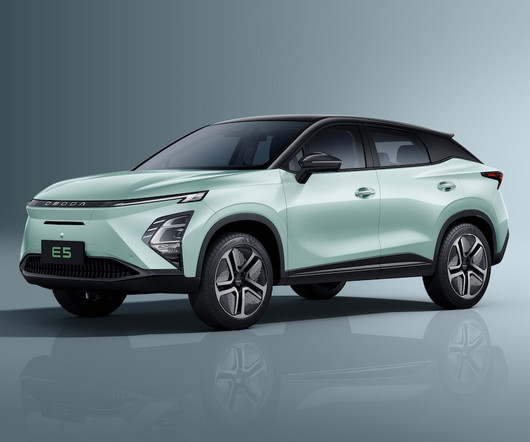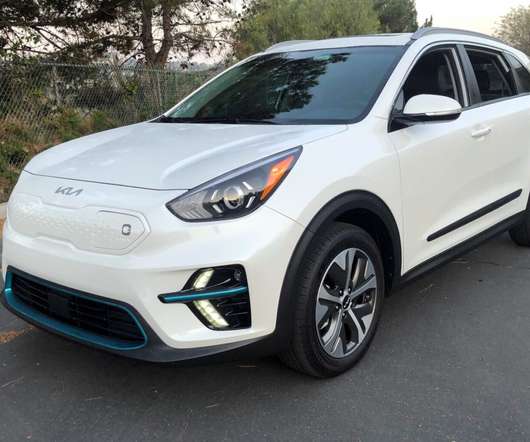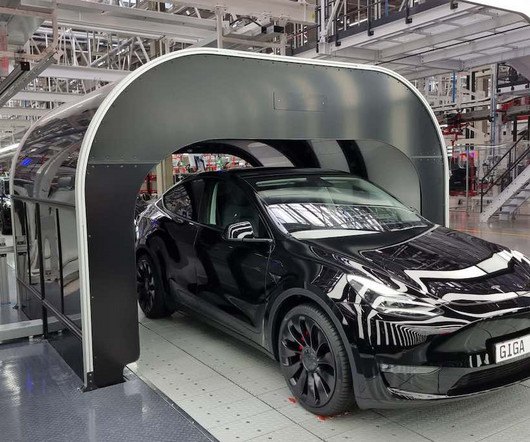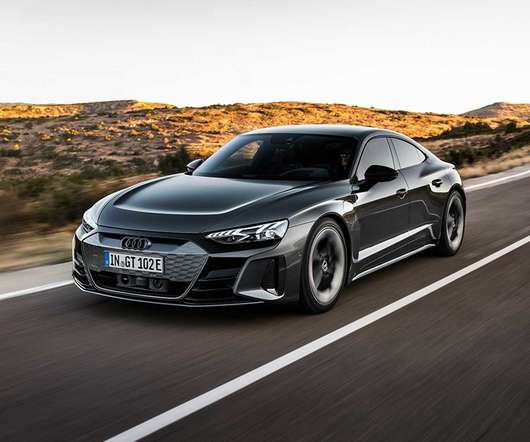Chery on top? Omoda E5 SUV mid-year launch leads Chinese brand’s expansive Aussie electric vehicle line-up
EV Central
FEBRUARY 18, 2024
The ambitious Chinese Chery brand will launch its first electric vehicle in Australia when the Omoda E5 SUV arrives mid-year. A 61kWh lithium-ion battery pack provides the juice. However, Chery has in the past told Aussie media it has targeted the Hyundai Kona Electric as the rival to beat. The two SUVs are both ICE-powered.












Let's personalize your content